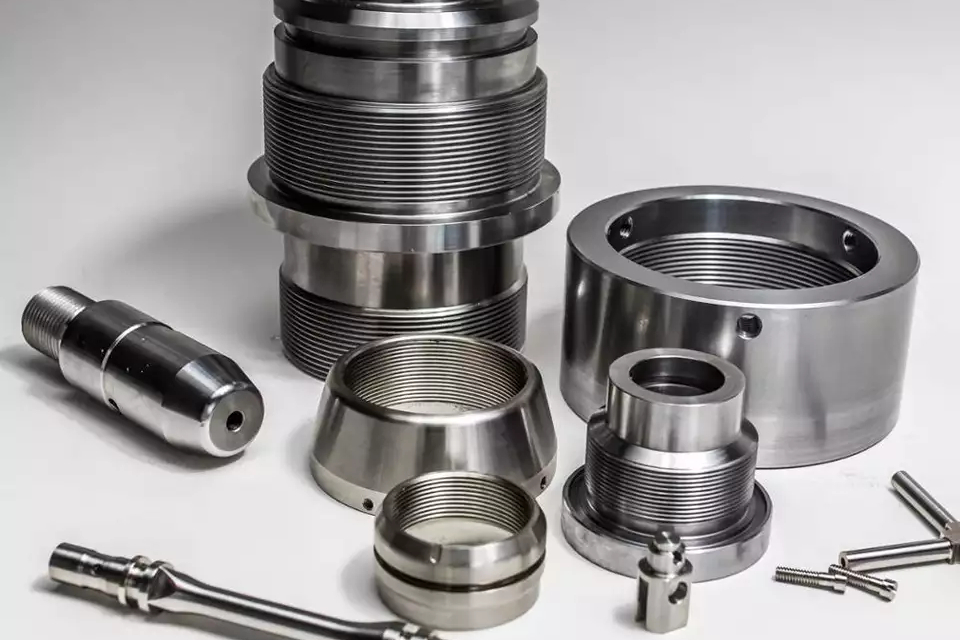As introduced in the article “CNC Tapping: An Introduction to the Process and Its Benefits” on LeadRP, CNC machining often necessitates tapping for certain components. But what exactly is CNC tapping? In essence, CNC tapping involves threading by screwing a tap into the base hole of a component that requires drilling, thus forming the necessary threads. This process stands out for its efficiency, productivity, cost-effectiveness, and simplicity, especially when dealing with small threads. Furthermore, it’s not limited to just screws; CNC tapping can also create threads on nuts. The versatility of CNC tapping makes it applicable across various industries, including aerospace, automotive, and medical device manufacturing.
Let’s delve deeper into the world of CNC tapping. CNC tapping is a commonly employed and indispensable manufacturing process for generating threaded parts. It operates by creating threads within a hole, which first must be drilled with a tap and chamfered to accommodate screws or bolts. This precise and efficient method relies on computer numerical control (CNC) machines, which are pre-programmed and controlled to ensure the creation of internal threads that adhere to exact specifications.
The cutting tool for tapping is known as a tap. It is inserted into the hole and carves out the threads as it moves. The choice of tap depends on the type of hole you wish to thread. Typically, two main types of taps are used: hand taps and power taps. Hand taps, including the taper tap, bottoming tap, and plug tap, are the more common options. For CNC applications or manual machining work, power taps like the spiral point tap (gun nose or bull nose tap), spiral flute tap (gun), form or roll tap, and others come into play.
Click here to learn more about Toolcraft Corp’s capabilities and products.
Photo and article with all rights reserved, courtesy of leadrp.net





